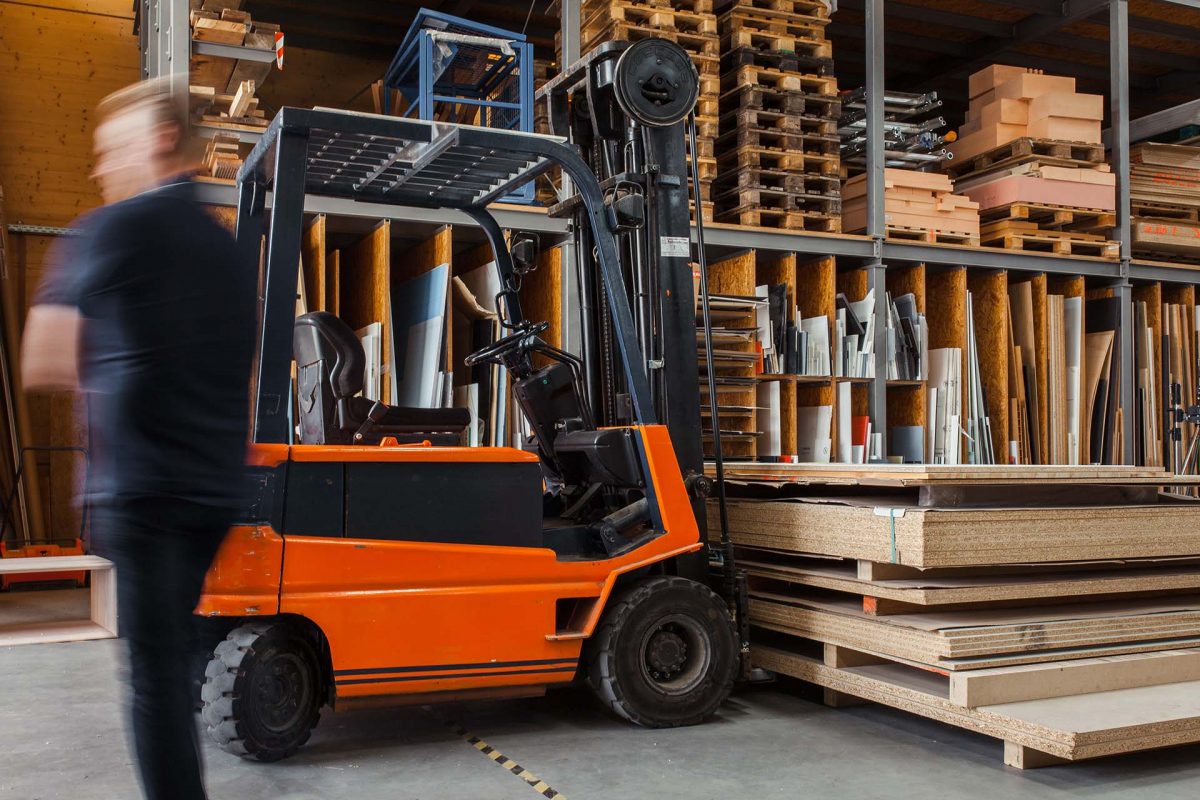Right now, omnichannel marketing is on an upswing. In the coming years, though, it will be an absolute necessity for any manufacturer that wants to provide excellent service.
Today, consumers search online and then buy a product in a store or research products in a physical store and wind up purchasing online. This trend is even stronger in the wake of the COVID-19 pandemic, and will continue in the coming years. Manufacturers will interact with the trend by acting as dropshippers for sellers.

